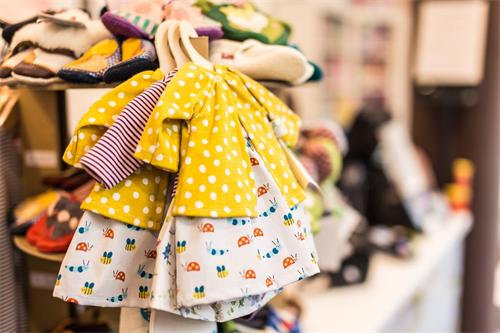Why More Parents Are Saying No to Gendered Toys

In today’s society, more and more parents are choosing to reject gendered toys for their children. This shift isn’t just about changing values — it reflects a deeper reconsideration of how children grow and develop as individuals.
For a long time, toys weren’t categorized as “for boys” or “for girls.” It was commercial marketing that gave toys a gender. Manufacturers realized that if toys were marketed separately to boys and girls, families — especially wealthier ones — would end up buying the same kinds of toys twice: a blue truck for the son, a pink doll for the daughter. This strategy doubled profits, but it also subtly planted gender stereotypes into children’s lives from a very young age.
Gendered toys have done more than influence how kids play — they’ve also passed on society’s expectations of what it means to be a boy or a girl. Boys are expected to be strong and adventurous, while girls are supposed to be gentle and fashion-conscious. Toys become a kind of “dress rehearsal” for adult gender roles. Even more concerning is how these stereotypes affect kids’ thinking. Many children begin to feel anxious about “playing with the wrong toys” and may start limiting themselves — choosing toys not based on curiosity or interest, but based on whether they think it’s appropriate for their gender.
As awareness of gender equality grows, this way of thinking is being increasingly challenged. A growing number of young parents are no longer willing to let commercial interests or outdated beliefs define their children’s future. They’re beginning to see that gender labels aren’t just unnecessary — they can also suppress a child’s full potential. Why should boys only play with robots and trucks while girls are limited to dolls and kitchen sets? These “rules” are human-made restrictions, invisible walls that box in a child’s imagination and interests.
Of course, biological differences between boys and girls do exist — boys may generally have more physical strength, while girls often develop language skills earlier. But these tendencies aren’t absolute. Every child is unique. Maybe your daughter has a natural talent for math and logical thinking, or your son loves art and storytelling. When we label children too early — saying things like “you’re a girl, be gentle” or “you’re a boy, don’t cry” — we’re tying them down with expectations that limit what they might become.
This growing awareness has led to some bold new parenting philosophies. One example is the rise of “theybies,” a term featured in an episode of CBS’s 60 Minutes. The word combines they and babies to describe children raised without gender labels. These parents don’t refer to their kids as “he” or “she,” and don’t assign gendered clothing or toys. Their goal isn’t to erase gender, but to give their children space to explore identity and interests freely — without being boxed in by society’s scripts.
Though this approach has sparked controversy and criticism, it has also prompted more parents to reflect on what gender really means. Are we setting our kids on fixed paths too soon? Are we deciding for them what they should like or be good at before they even have the chance to explore?
Businesses have taken notice, too. Toy giant Mattel launched a gender-neutral Barbie line in 2019, featuring dolls with different skin tones, hairstyles, and a mix of clothing items — pants, skirts, long and short hair — to allow kids to build any character or story they want. LEGO has also adjusted its strategy. It no longer categorizes products as “for boys” or “for girls” and now organizes its website based on age, theme, interest, or price. These moves reflect a market slowly moving toward inclusivity and diversity.
Supporters of gender-neutral education believe that children shouldn’t be labeled like products. Every child deserves the chance to explore their interests, free from the limitations of outdated norms. Perhaps in the future, we won’t see “boys’ aisles” and “girls’ aisles” in toy stores — just a colorful, imaginative world for all children.
By giving children more freedom, we give them a better chance of becoming their truest selves — not some cookie-cutter version molded by social expectations. Saying no to gendered toys isn’t about erasing gender. It’s about reclaiming a child’s right to explore, to dream, and to grow without boundaries.
Recommended for you:







